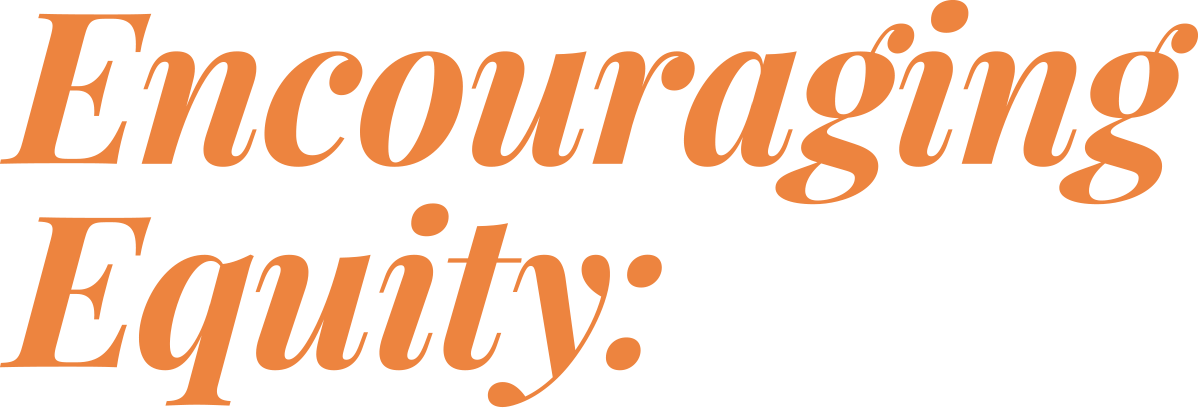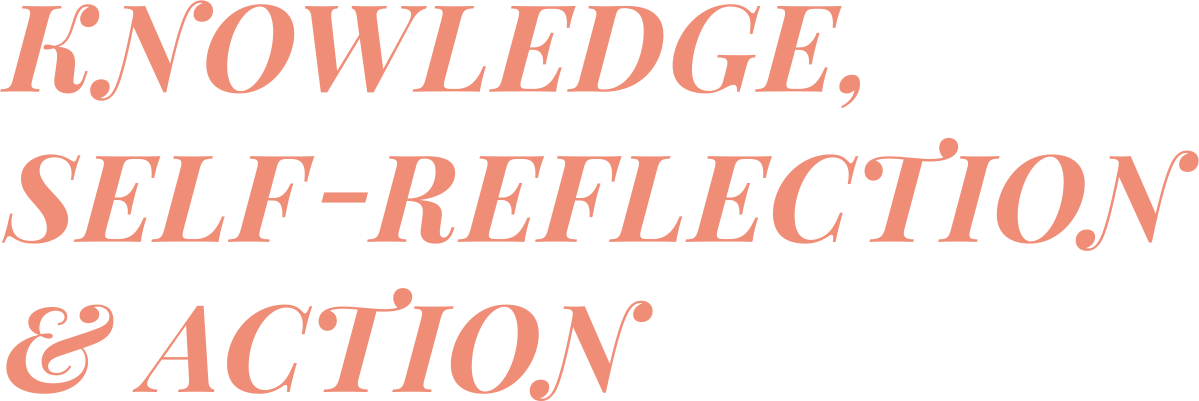

But to move equity and history forward both at their districts and on a larger scale, board members first had to look inward. What followed in that room were deep conversations, powerful moments of self-reflection and a realization that one’s own biases and prejudices must be acknowledged before focusing on structural educational inequities.



But to move equity and history forward both at their districts and on a larger scale, board members first had to look inward. What followed in that room were deep conversations, powerful moments of self-reflection and a realization that one’s own biases and prejudices must be acknowledged before focusing on structural educational inequities.
 he realization hit me that we, at our school districts, can’t do this work if we, as board members, are not willing to do this ourselves,” said Andy Lie, board president at Jefferson Union High School District, south of San Francisco. “It was a very intense year, but I’m really glad I went through it, because it was not only a period of growth for me personally, but I can see how doing this work is leading me to be a better board member.”
he realization hit me that we, at our school districts, can’t do this work if we, as board members, are not willing to do this ourselves,” said Andy Lie, board president at Jefferson Union High School District, south of San Francisco. “It was a very intense year, but I’m really glad I went through it, because it was not only a period of growth for me personally, but I can see how doing this work is leading me to be a better board member.”
Monterey Peninsula Unified School District trustee Bettye Lusk has been involved in addressing inequities and diversity issues over the decades, first as a teacher, then as a high school principal and now as a veteran board member. She said reflecting about structural racism, privilege and other concepts have empowered her to become even more comfortable with talking about uncomfortable topics.
“As a participant this past year, I was able to go deep and reflect on many things that I experienced as young child and woman in the South,” said Lusk, who is also CSBA Delegate-at-Large, African American. “And I realized that I had embedded experiences that I hadn’t addressed. And this past year of workshops allowed me to connect with some experiences and heal, actually.”
For Sarah Kirby-Gonzalez, board member in the Sacramento area’s Washington Unified School District and elementary teacher in nearby Folsom-Cordova Unified School District, her participation in the network affirmed her belief that most districts and school sites need to allot more resources to these critical matters and types of professional development. “We really need to have a lot of time to create this space for people,” Kirby-Gonzalez said. “A quick staff meeting, a 30-minute staff meeting, is just not enough time to delve into these conversations and really create a safe place.
Such a safe space continues with year two of CSBA’s Equity Network, an evolving program that participants, facilitators and staff said provides an early model and offers lessons for districts and schools across the state interested in pursuing equity work — including opportunities and exercises that don’t require the formation of a network or group.
Leading attendees through an exploration of topics such as implicit bias, microaggressions, structural racism, stereotyping, white supremacy and cultural humility in early network sessions, Anderson focused on presenting an opportunity for board members to build capacity around better understanding educational equity and how to incorporate it through governance.
“It’s just amazing to watch these school board presidents and folks who have a lot of influence in their communities, not just on the school board,” Anderson said. “It’s powerful and encouraging to see them really be deeply engaged in the work.”
Nearing his 10th year serving on the Fairfield-Suisun Unified School District board, David Isom has mentored at-risk students for more than 25 years. He said the context of issues presented by Anderson has allowed him to view inequity and racial issues as interconnected and deeply rooted in American history. “I knew that equity and equality were different, but I didn’t see how systemic inequity has been practiced for a very long time,” he said.
Monterey Peninsula’s Lusk shared similar sentiments. “I’ve been on this journey for a while, and honestly, until this last year with the Equity Network, I thought I was pretty open and current on issues that are related to equity,” she said. “But that proved itself to not be true.”
Beyond learning more about equity concepts, Jefferson’s Lie said a “look in the mirror” and his reflections on his past now allow him to view the world through a different lens.
“I am an Asian American male who is privileged, quite frankly,” he said. “Even though I am the son of immigrants who came to the U.S. with very little, they’ve been able to build a life of privilege for me and my family, and I’ve been able to extend that. My lens, with which I had been viewing the world, is definitely through that of privilege.”
While the Equity Network centers on a series of in-person and digital meetings, the work does not end when participants walk out the door or complete their year of the program. Integral to CSBA’s equity initiative is the continued support of participants in their journeys, so that their effort continues to evolve and so they can become leaders and resources for others.
“Being an equity-focused leader means that the work is ongoing,” said Manuel Buenrostro, CSBA education policy analyst and network staff liaison. “The board members that made a commitment to this work are committed to continuous learning and can be an inspiration for other board members across the state.”
Monterey Peninsula Unified School District: The governing board has held equity retreats and is working with its education partners to adopt a systematic approach to eliminate inequities and inequality. School board member Bettye Lusk said there is a sense of buy-in with the teachers association, administrators, board and classified staff coming together like never before. “I have a historical perspective of our district in that I’m a retired educator from MPUSD. And we have never addressed equity in MPUSD like we are doing now,” Lusk said. The district also has a group called SOAR (Students Organized Against Racism) which provides an arena for middle and high school students to voice their concerns and discuss strategies to address those issues.
Fairfield-Suisun Unified School District: In addition to working on adopting the district’s new equity statement over the summer, board President David Isom said he anticipates further engaging with the community to make equity more of a shared priority. “The district can’t say we’re going to start doing equity work now, we’re going to start moving in a way that’s equitable for all students and we’re going to do equity types of situations at all of our schools, and the community’s not fully bought in,” he said. Isom also said the district has made progress in hiring more people of color for administrative roles, more closely reflecting the makeup of the student population.
Washington Unified School District: While the district and board have focused, in general terms, on how to help all students succeed, board member Sarah Kirby-Gonzalez said they are planning to put more of a focus on which students are enrolled in which classes and programs to ensure they aren’t missing any representation. “We might be behind some other districts, and some are larger, in terms of an equity office or an equity position, but in terms of a culture I think that we have made giant strides with this work’s support,” she added in discussing the diversity of the people in leadership positions in the district.
While focusing on continuing to uplift their equity work, Anderson said the nature of the subject matter can make it difficult for advocates to share their messages once they leave the setting of like-minded people. “We met eight days (in the network), which was powerful, but in between, the challenge is they have to also take this message back to their colleagues, who may not be believers in the work or may not have the understanding,” Anderson said.
While some school boards and educational leaders tackle racial and cultural issues head-on, others either deal with them piecemeal or kick the can further down the road in hopes of diverting controversy. As elected officials, Anderson said board members need courage and commitment to examine the critical issues of the day.
The year two cohort, which began meeting in August, includes board members from Alisal Union School District, Moreno Valley Unified School District, Stockton USD, Hacienda La Puente USD, Vallejo City USD, San Leandro USD, Vista USD, Natomas USD, Fresno USD and San Mateo-Foster City Elementary School District.
One such scenario recently presented itself in Monterey Peninsula USD. Board member Lusk said a social media post showing a person wearing blackface was circulating around several high schools, upsetting many students. Made aware of the situation by a college professor who asked if she would help address the issue, Lusk agreed, in part because of her newfound confidence gained from the Equity Network. “As a result, I’ve made a commitment to the students that I will be a part of student forums in the fall, to bring our high school students, secondary students in particular, together in a community forum that would allow them to talk about issues that are interfering with them being able to focus and be successful from an academic perspective,” she said.
Beyond the board room and shifting to her role in the classroom, Washington Unified’s Kirby-Gonzalez said she appreciates and understands how time-consuming and emotionally difficult it can be for teachers and staff to always uplift the ideals of equity. “It can be very hard to stop and acknowledge, ‘do I have some biases, and what is my bias?’” she said. “It’s hard to do that. You want to say, ‘I serve everybody equally,’ and it’s easy to get defensive.”
Detractors, critics and vocal minorities may also attempt to downplay equity as just being society’s latest buzzword, but Fairfield-Suisun’s Isom said if progress is being made, that description doesn’t bother him. “Any buzzword that helps, let it be a buzzword,” he said. “If it’s going to help advance the case of children, especially children of color, then call it what you want.”
Isom, too, acknowledged the fact that efforts to address longstanding structural inequities take time, and that people should not be dissuaded or discouraged by putting in a lot of work over the long haul. “The conversation is going on, and I don’t think it’s going too slowly,” he said. “Anything that I think you do too fast, you don’t do effectively. There’s nothing wrong with taking your time if you’re trying to get something right.”
CSBA’s Equity Network is funded through a grant by the Stuart Foundation.
Andrew Cummins is a staff writer for California Schools.